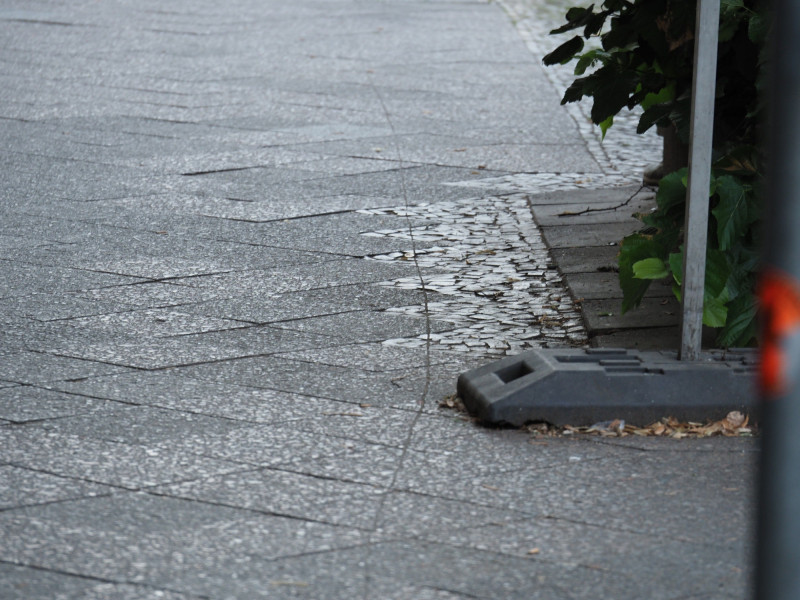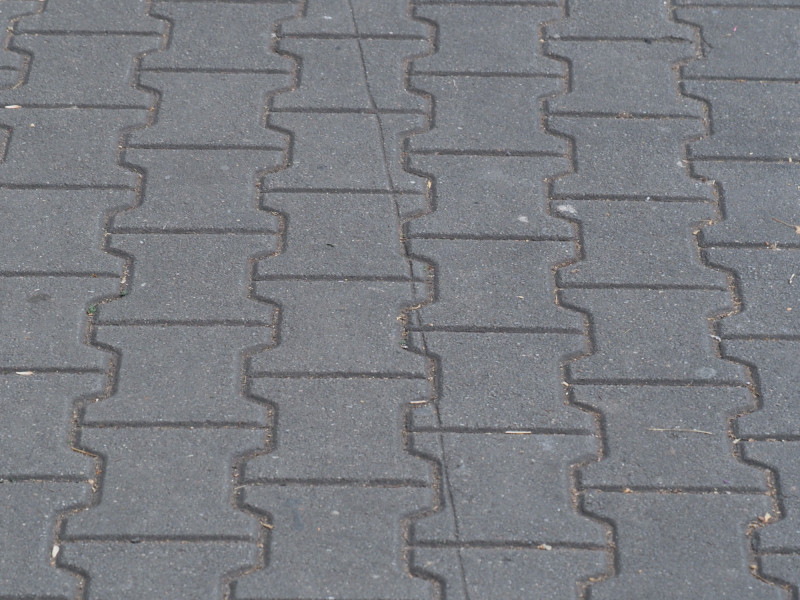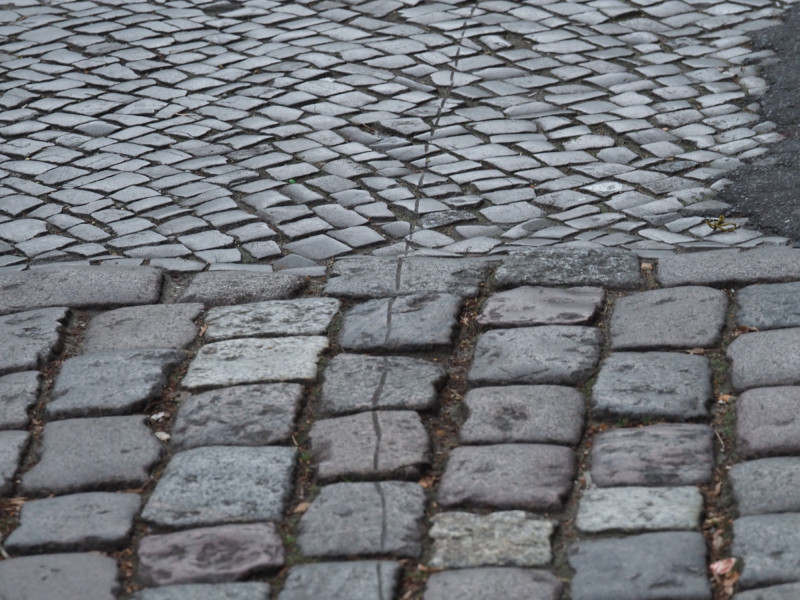


(research project), (2016 - 2020)
videos, photographs, notes
Reading Art, Means Reading Traces
(Expanded and revised artist statement)
In 2020, I wrote my diploma thesis Reading Art, Means Reading Traces. It began with a seemingly banal yet deeply haunting discovery: a thin, precise cut in the pavement of my neighborhood in Berlin-Neukölln. This line stretches for over two kilometers, across sidewalks, curbs, and street crossings. I had walked over it many times without noticing—until one day, I stumbled upon it, and something shifted. From that moment on, I couldn’t let it go.
At first glance, the line appears functionless and unintentional. But looking closer, it holds traces of its own making—and unmaking. The line consistently follows the shortest path between two distant points, avoiding unnecessary detours. This simple fact suggested a utilitarian logic: perhaps a machine was moved along this route, using its spinning cutting blade to drive itself uphill. The cut, then, would be an unintended consequence—a functional scar, a byproduct of repurposing a tool. Yet the line is too long, too continuous, too insistently present to be dismissed. It is brutal and fragile, deliberate and careless, absolutely ordinary—and utterly enigmatic.
This contradiction fascinated me. Could something so anonymous, so apparently devoid of artistic intention, be claimed as art? Or had I already done so simply by perceiving it differently? The situation echoed Duchamp’s notion of the objet trouvé, but instead of a found object, this was something else: a found action, or what I later began calling an action trouvée. I didn’t alter or interfere with it; I simply declared it, framed it, pointed at it. I marked it as art without ever touching it.
Later, I discovered that someone was offering guided tours along the line. Even they didn’t know where it came from. And then—years after my initial encounter—I found an article claiming to have solved the mystery: the line was allegedly a work of art, part of an exhibition in 2012. I located the artist’s name and the gallery’s documentation, but the evidence was vague. The exhibition showed photos of the line as it appears today, without any proof of authorship or fabrication. No record of process, no technical details. Neither the artist nor the gallery ever responded to inquiries.
This ambiguous revelation profoundly affected me. The very gesture I had invested in—appropriating the line as art—might have already been performed, by someone else, years before. What I had treated as a question became, suddenly, a claim. But instead of invalidating my process, this realization revealed a deeper paradox: the line had already been authored, and yet it remained authorless. It resists closure. It continues to oscillate between mark and mistake, sculpture and infrastructure, intention and accident.
Tracing it became a way of reading the world. A forensics of absence. Every deviation, every interruption told me something about the surface, the city, the people and machines that moved across it. Construction works later fragmented the line—new stones inserted at angles, plates removed and replaced, grid patterns dislocated. The trace began accumulating traces. It documented not only its own creation, but the layers of labor, time, and neglect that followed.
Ultimately, the line opened a space of thinking—about authorship, perception, material reality, and art’s threshold of visibility. In curating the line, I was not restoring it, but activating it. I became its curator, performer, witness, and reader. I constructed theories around it, staged speculative explanations, imagined the machine that may have caused it, considered the worker who might have forgotten the blade was running. The more banal the explanation became, the more poetic the trace seemed.
Like a blind stick dragging along the street, the line feels out the material resistance of the world. And in that resistance, meaning emerges—not as intention, but as effect. Not as invention, but as encounter.